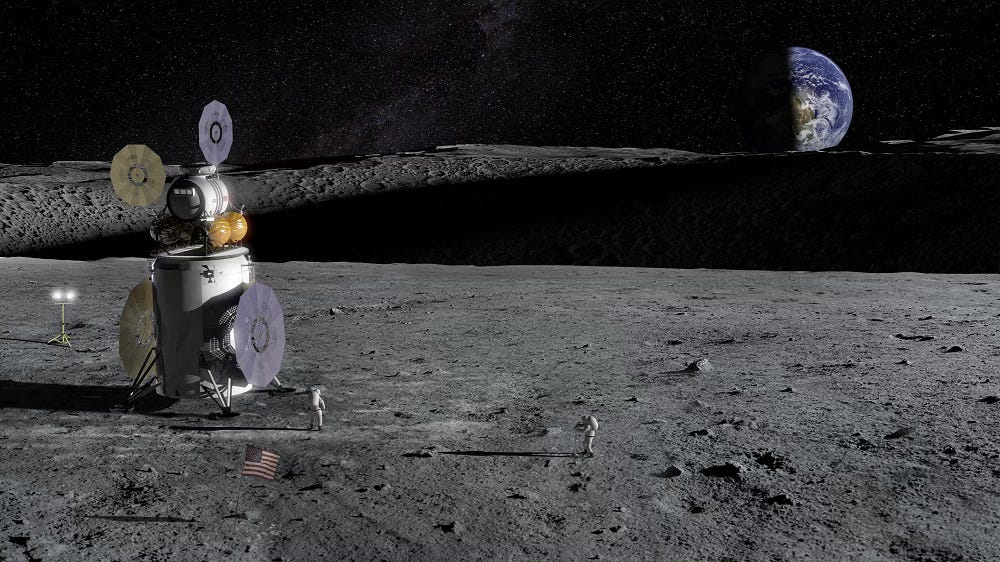Responding to risk requires reliable allies & reliable information
Trump admin actions supporting Russia are numerous; European leaders meet to ramp up support for Ukraine; EPA cannot reverse endangerment finding; NASA lands on the Moon.
Russia, Russia, Russia
The unprovoked verbal abuse of Volodymyr Zelenskyy, President of Ukraine, by Pres. Trump and Vice Pres. Vance, was the most recent of a series of actions by the Trump administration that reposition the United States government awkwardly to undermine its own allies and its own security infrastructure, while benefitting Vladimir Putin.
The debacle in the Oval Office emboldened and enabled Putin, who immediately resumed his three-year campaign of war crimes.
The Attorney General moved to end an FBI effort to identify, disrupt, and prevent foreign interference in U.S. elections.
Trump has begun dismantling efforts by the Cybersecurity and Infrastructure Security Agency to counter disinformation spread by foreign intelligence operations.
“Defense Secretary Pete Hegseth has ordered U.S. Cyber Command to halt offensive cyber and information operations against Russia…”
Trump’s use of Kremlin talking points in his berating of Zelenskyy has hallmarks of a plot reported by the Senate Intelligence Committee (then controlled by Republicans), in which specific words and ideas would signal Trump’s complicity in Russia’s efforts to divide Ukraine. Trump closely echoed at least three signal messages from that 2016 Kremlin plan:
blaming Ukraine for not wanting peace;
talking about risk of a wider conflagration;
describing his own efforts as intended to save Ukraine.
A move to make peace
Today, in London, European leaders are meeting in an emergency summit intended to consolidate material support for Ukraine’s defense and chart a path to peace that ensures Ukraine’s sovereignty.

The UK Prime Minister Keir Starmer said this morning he would be working with Pres. Macron of France, Pres. Zelenskyy of Ukraine, and other European leaders to develop a ceasefire plan. The aim would be to establish a way to end the fighting in Ukraine, while European allies provide peacekeeping support and security guarantees.
The U.S. would be asked to join in providing security guarantees, while European countries would take the lead in providing support on the ground. The plan could set the stage for closer economic cooperation between the U.S. and Ukraine, including possibly the minerals deal that Trump had sought before his angry outburst on Friday.
After the emergency meeting, U.K. Prime Minister Keir Starmer said the world stood “at a crossroads in history”. He described a general outline of a plan with four elements, as reported by the BBC:
To keep military aid flowing into Ukraine while the war is ongoing, and increase economic pressure on Russia
Any lasting peace must ensure Ukraine's sovereignty and security, and Ukraine must be at the table for any peace talks
In the event of a peace deal, European leaders will aim to deter any future invasion by Russia into Ukraine
There would be a "coalition of the willing" to defend Ukraine and guarantee peace in the country.
EPA effort to reverse endangerment finding is illegal
The AP is reporting:
Environmental Protection Agency chief Lee Zeldin has privately pushed the White House for a rewrite of the agency’s finding that planet-warming greenhouse gases put the public in danger. The original 52-page decision in 2009 is used to justify and apply regulations and decisions on heat-trapping emissions of greenhouse gases, such as carbon dioxide and methane, from the burning of coal, oil and natural gas.
The U.S. is committed, by treaty and by law, to prevent dangerous climate disruption. Climate disruption is happening, and costs are piling up, fast. The US now spends hundreds of billions of dollars every year, to address and recover from climate disasters. Two events in 2024 and early 2025—Hurricane Helene and the Los Angeles fires—are projected to cost more than $250 billion each, over coming years.
The endangerment finding is simply a statement of scientific fact. It serves as a reference to ensure government agencies act on their legal responsibility to protect the public, and to support the long-term fiscal stability and national security of the United States. Suppressing this evidence will subvert public agencies’ ability to meet legal obligations and serve their missions. It also risks violating Americans’ most fundamental rights—to access factual information and to pursue redress when harm is caused.
NASA lands science equipment on the Moon

NASA’s Artemis mission has successfully delivered science equipment to the lunar surface. According to NASA:
Carrying a suite of NASA science and technology, Firefly Aerospace’s Blue Ghost Mission 1 successfully landed at 3:34 a.m. EST on Sunday near a volcanic feature called Mons Latreille within Mare Crisium, a more than 300-mile-wide basin located in the northeast quadrant of the Moon’s near side.
The Blue Ghost lander is in an upright and stable configuration, and the successful Moon delivery is part of NASA’s CLPS (Commercial Lunar Payload Services) initiative and Artemis campaign. This is the first CLPS delivery for Firefly, and their first Moon landing.
FURTHER READING









